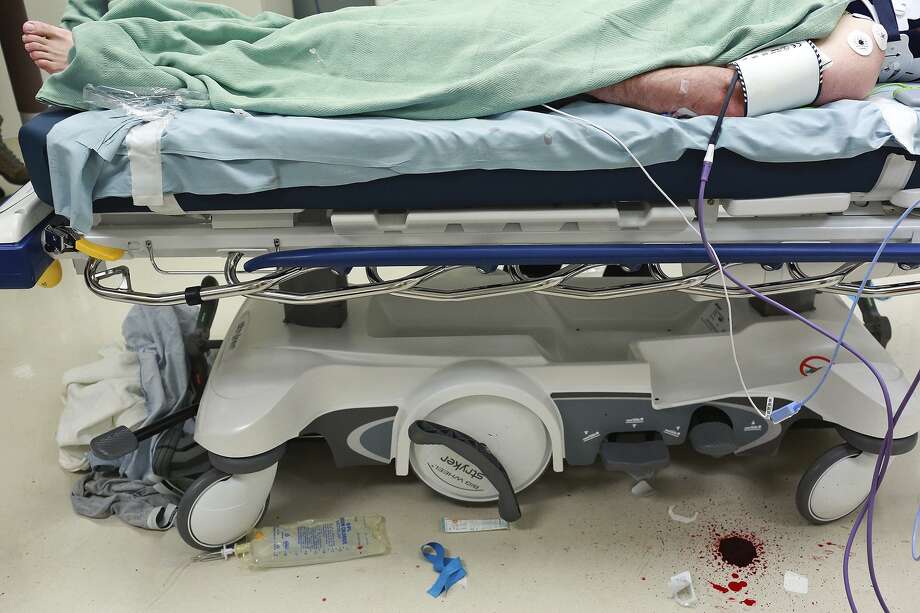

The TAF billing code entails the initial and one-time trauma team response fee (TTRF) and is based on tiered trauma team response criteria. Of note, this additional billing code can only be used for trauma patients arriving by ambulance.

In 2002, the National Uniform Billing Committee approved the trauma activation fee (TAF) code (UB-04 revenue code 68X), which provided the much needed financial support for trauma centers through patient reimbursement. As a result, many trauma centers terminated their trauma programs because they could not sustain the rising costs of providing specialized trauma care. Although many hospitals accepted the added costs when choosing to become a trauma center, institutions could only use standard emergency department billing codes while rendering care for more complex trauma patients. The formalization of trauma centers in the 1980s added to the cost with 24-hour staffing of various medical specialists, equipment, and affiliated educational programs. Trauma is one of the leading causes of death and trauma care is consistently ranked as one of the largest contributors to total healthcare costs in the United States. Collaboration between trauma centers and regulatory agencies is needed to ensure a balance between providing quality trauma care with justified associated charges and financial sustainability. Trauma centers struggle to maintain financial viability as regulatory agencies and the public push for transparency of TTRFs. Comparisons of TTRFs among different trauma centers, activation levels, and geographical locations were not statistically significant.Ĭonclusions: Understanding the true costs of trauma care and fees for patients in the United States remains elusive due to inadequate data and low response rates. Results: Only 46 out of 525 trauma centers, or 8.8% of those surveyed shared their scheduled fees. Additionally, hospital medical directors and trauma medical directors were queried on their knowledge of their facility’s TTRF amount. Surveys were sent to 525 trauma centers in the continental United States, including Alaska and Hawaii, between Octoand March 11, 2020. Methods: A nationwide cross-sectional convenience sample was conducted using SurveyMonkey. The determination process of the TTRF’s dollar amount is elusive as no apparent standardized process exists and the literature is scant regarding this aspect of trauma care. A component of trauma cost is the one-time trauma team response fee (TTRF). Factors such as innovations in technology, increasing governmental and organizational regulations, and the specialization of care have led to increasing costs to the patient. Background: The rising costs associated with trauma care in the United States is an important topic in today’s healthcare environment.


 0 kommentar(er)
0 kommentar(er)
